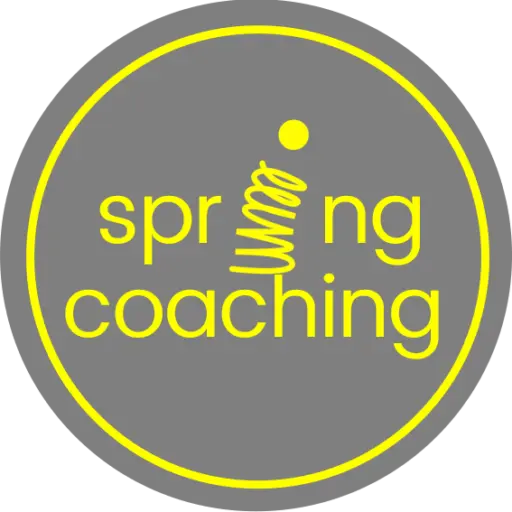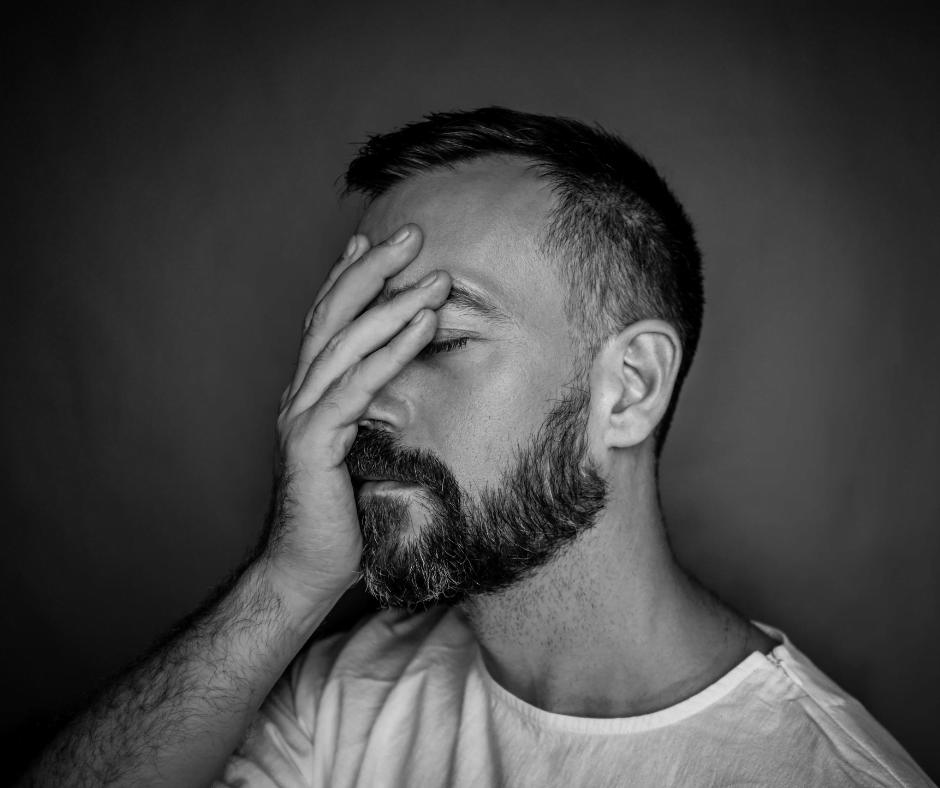I felt nervous and vulnerable as I stepped up to share my experience of Relative Energy Deficiency in Sports, or RED-S, with a large group of endurance athletes. I was about to uncover a story about my own physical wellbeing that until recently was tinged with shame and regret. It has only been in recent years that I’ve been able to speak openly about it as a performance nutritionist and health and wellbeing coach.
RED-S is a performance and health condition caused by an energy imbalance. It occurs when the athlete doesn’t fuel their body sufficiently, unintentionally or intentionally, for their level of activity. Over time this leads to the body operating in “energy-saving” mode, leading to a cascade of physiological and psychological issues. All energy is directed towards keeping the person alive reducing performance and impacting every aspect of life. While everyone’s circumstances are different my energy imbalance contributed to a stress fracture in my hip, months on crutches and a roller-coaster return to walking then running.
Much later I learnt how common my story was but in a different setting – corporate athletes in the business world. Everyday others with the same push for peak performance and drive to succeed reach breaking point going about their busy daily lives. They’re not out on a sports field or clocking up kms training without sufficient fuel or rest, like I was, instead they’re clocking up their work hours in office buildings, shops, farms and houses. Our obsession with busyness and the daily hustle to get ahead has a massive impact on our work life balance and is leading to another health condition – burnout.
What is burnout?
A term that is often used, burnout at work is more than a stressful day at the office. It’s extreme physical and mental exhaustion resulting from chronic workplace stress that has not been successfully managed. Central to RED-S and burnout is the lack of energy and stress management, whether it be the balancing act of kilojoules in versus kilojoules out, as in my case, or stress versus rest and recovery in burnout. Both conditions leave the person in a state of energy depletion that leads to serious physical wellbeing issues, as well as mental and social consequences. Often the person is left sidelined from their sporting, work or home life activities for months – burnout recovery is a long slow process.
Like RED-S, burnout symptoms don’t appear overnight, they are cumulative. Like a firework with a long fuse, it slowly fizzles and builds before exploding making its presence known. Perhaps it begins with working late one night to meet an urgent deadline, one night turns into every night, and then weekends too. While a “can-do attitude” is admirable and few late nights can be managed, ignoring your health and wellbeing, and losing any kind of work life balance is a sure-fire way to being sidelined with burnout.
It won’t happen to me
At times we can feel invincible and motivated. Like the energizer bunny, we like to think we can keep going and going until we can’t. RED-S and burnout can and do affect everyone. Recent statistics suggest that the number of people experiencing burnout at work annually in New Zealand could be as high as 77%. That’s three out of four of us. While no one is immune, driven, high performing individuals, or corporate athletes are more prone particularly those working in healthcare-related areas or roles with a high level of emotional demand that requires the individual to always “be on” (for example customer or client-facing roles, teachers etc). There is also evidence that suggests that those who feel as though they have less control over their work and hours, who’s work life balance tends to be dictated by work, are more susceptible to burnout.
How to prevent burnout
You may have heard the wise saying, “If you don’t make time for your wellness you will be forced to make time for your illness”. This is the case with burnout, where prevention is better than cure. Make time to do the little things that add to your health and wellbeing rather than detract. Follow us on Facebook and Instagram to receive weekly tips on small and mighty things you can do to improve your physical and mental wellbeing.
In a later blog we’ll be sharing more ideas of what you can do to prevent burnout, red flags and how to turn things around. Spoiler alert, the same lessons I learnt in my recovery from RED-S apply to burnout. Sign up for our newsletter so you don’t miss out.

